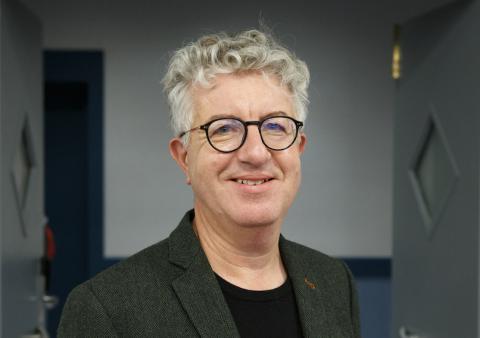Biography
William Wisden studied Natural Sciences (Zoology) at the University of Cambridge, and then did his PhD with Prof. Stephen Hunt at the MRC Molecular Neurobiology Unit, Cambridge, followed by a period as postdoc (EMBO fellowship) in Prof. Peter Seeburg’s lab at the University of Heidelberg, Germany. He returned to Cambridge as a group leader at the MRC Laboratory of Molecular Biology (1993–2001), followed by a return to Heidelberg as a PI, then to a Professorship at the University of Aberdeen, and in 2009 to a Professorship at Imperial College London. Wisden has contributed to core knowledge on how neurons communicate, and was at the centre of studies characterising gene families for GABA and glutamate receptors, and in linking immediate-early genes with long-term potentiation. Later in his career, Wisden contributed to studies showing how neural circuits generate sleep and wakefulness, how their selective loss generates insomnia, and how the selective enhancement of specific sleep circuitry reduces anxiety. Wisden is a Member of the Academia Europaea, and is a Fellow of both the Academy of Medical Sciences and the Royal Society. Prof Wisden was appointed the Centre Director of UK DRI at Imperial in December 2024.
Wisden Lab
Explore the work of the Wisden Lab, investigating how and if good sleep protects against the development of dementia

